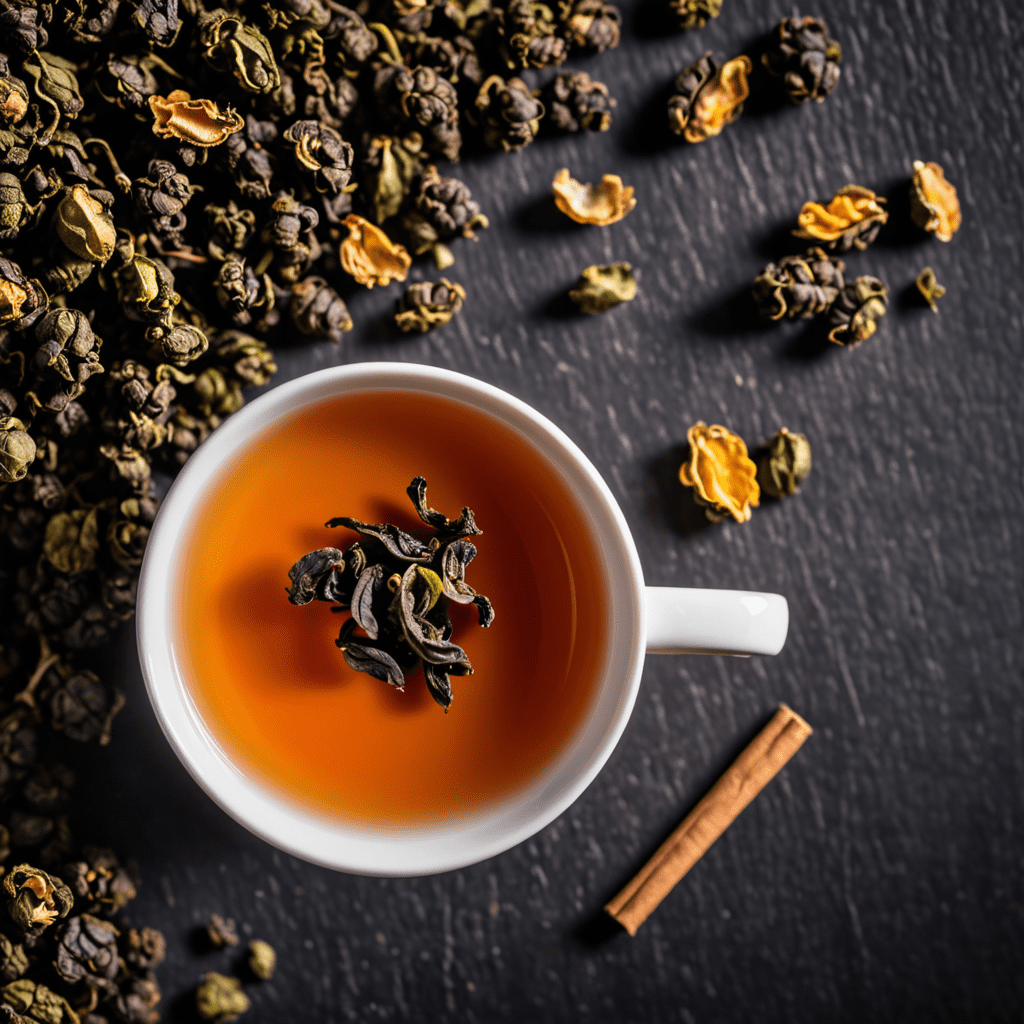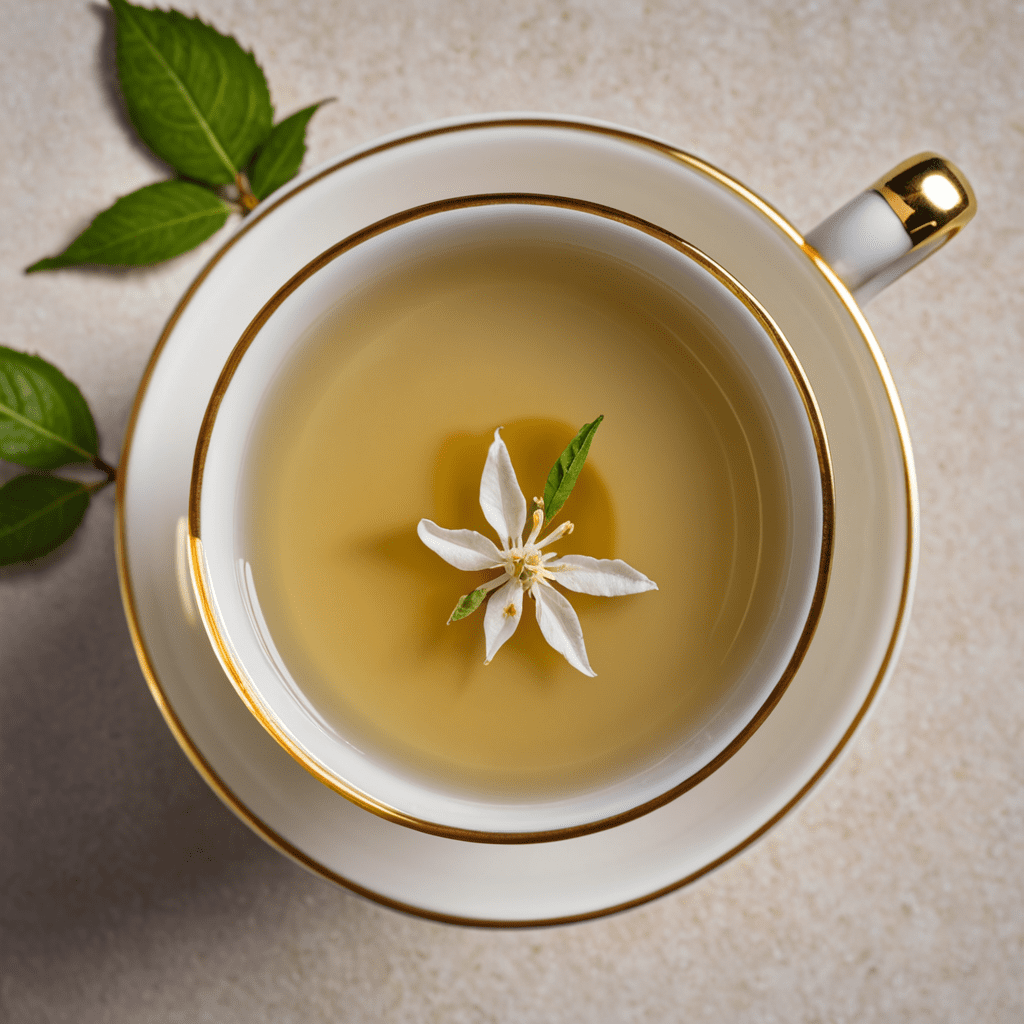Assam Tea: Navigating the World of Tea Grades
Assam tea, a celebrated variety from the northeastern Indian state of Assam, is renowned for its robust flavor and malty notes. Understanding the diverse grades of Assam tea is crucial for discerning tea enthusiasts seeking the perfect cup. This comprehensive guide will navigate the world of Assam tea grades, empowering you to make informed choices and elevate your tea experience.
Introduction to Assam Tea
Assam tea, a black tea variety, is characterized by its distinctive flavor profile. The Assam region's unique climate and soil conditions contribute to the tea's full-bodied taste, malty character, and brisk astringency. Assam tea is typically processed using the CTC (Crush, Tear, Curl) method, resulting in smaller, more uniform leaves that yield a stronger, more invigorating brew.
Factors Determining Tea Grades
The grading of Assam tea is determined by several key factors:
Leaf Size and Quality
Larger, unbroken leaves indicate higher quality, as they contain more of the desirable compounds that contribute to Assam tea's distinctive flavor.
Processing Method
The CTC method, which involves crushing, tearing, and curling the leaves, produces smaller, more broken leaves. Orthodox processing, on the other hand, involves rolling the leaves intact, resulting in larger, more whole leaves.
Oxidation Level
The oxidation level refers to the extent to which the tea leaves are exposed to air during processing. Assam tea is typically fully oxidized, giving it its characteristic dark color and robust flavor.
6. Tea Blends and Mixtures
To cater to diverse taste preferences, Assam tea is often blended with other tea varieties or ingredients. These blends combine the robust flavor of Assam tea with the subtle nuances of other teas, creating unique and balanced brews. Some popular Assam tea blends include Earl Grey, English Breakfast, and Irish Breakfast.
7. Understanding Tea Labels
When purchasing Assam tea, understanding the information on the tea label is essential. The label typically indicates the tea grade, processing method, and the region where the tea was grown. Premium teas may also include details about the specific estate or garden where they were harvested.
8. Storing Assam Tea
Proper storage is crucial to preserve the freshness and flavor of Assam tea. Store tea in an airtight container in a cool, dry, and dark place. Avoid exposure to moisture, heat, and light, as these factors can deteriorate the tea's quality.
9. Brewing Assam Tea
Brewing Assam tea is a simple yet crucial step to extract its full flavor and aroma. Use fresh, cold water and heat it to a rolling boil. Add one teaspoon of tea leaves per cup and steep for 3-5 minutes, depending on your desired strength. Assam tea can be enjoyed with or without milk and sugar, as per personal preference.
10. Conclusion: Selecting the Perfect Assam Tea
Selecting the perfect Assam tea is a journey of exploration and personal preference. Understanding the different grades and their characteristics allows you to choose a tea that aligns with your taste and brewing style. Whether you prefer premium, mid-grade, or utility teas, Assam tea offers a vast array of flavors and experiences. By navigating the world of Assam tea grades, you can unlock the perfect cup that elevates your tea ritual.
FAQ: Assam Tea Grades
Q: What is the highest grade of Assam tea?
A: Golden Tips, a premium grade consisting of the youngest and most delicate tea leaves.
Q: What is the difference between BOP and OP tea?
A: BOP (Broken Orange Pekoe) tea has smaller, broken leaves compared to OP (Orange Pekoe) tea, which has larger, unbroken leaves.
Q: Can I blend different grades of Assam tea?
A: Yes, blending different grades can create unique and customized flavor profiles.
Q: How long should I steep Assam tea?
A: Steep Assam tea for 3-5 minutes for a desired strength.
Q: How do I store Assam tea properly?
A: Store tea in an airtight container in a cool, dry, and dark place to preserve its freshness and flavor.


